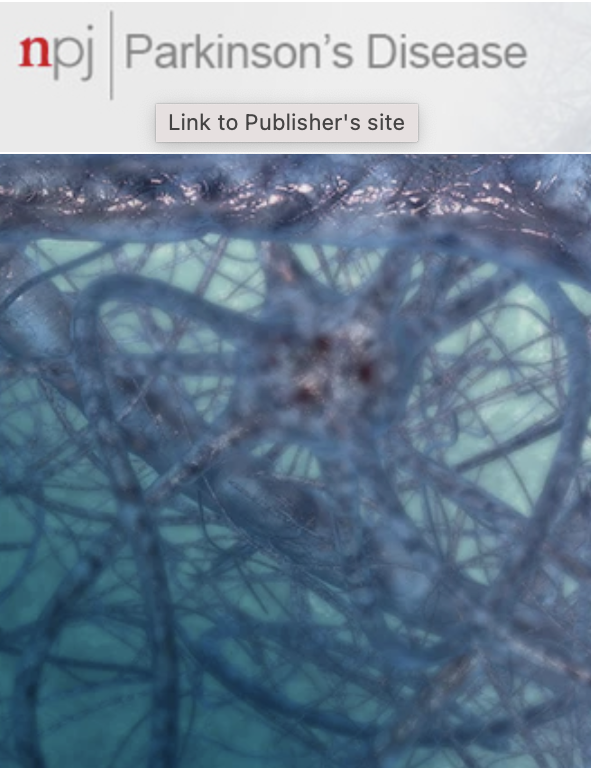帕金森病的静息和活动性震颤:来自长期STN-DBS的病理生理学见解
IF 8.2
1区 医学
Q1 NEUROSCIENCES
引用次数: 0
摘要
震颤是帕金森病(PD)的一个公认的症状,但其长期演变尚不清楚,特别是关于静息和活动震颤之间的关系。本回顾性研究采用特定的UPDRS-III亚项对301例接受双侧丘脑底核深部脑刺激(STN-DBS)治疗的PD患者进行静息和活动性震颤检查,术前和1年随访时进行评估,10年和15年分别对108例和57例患者进行重新评估。大多数患者(61.8%)有两种震颤类型,较小的亚群表现为孤立的静息(14.3%)、活动(10.6%)或无震颤(13.3%)。静息性震颤对左旋多巴、STN-DBS及其联合用药的反应优于活动性震颤(p < 0.05),且长期稳定。相反,行动性震颤随着时间的推移而恶化,尤其是震颤显性和混合表型(p < 0.05)。停药后,两种震颤类型之间存在中度相关性(ρ = 0.59),治疗后相关性减弱(ρ = 0.23/0.30)。行动性震颤与运动迟缓和强直也呈弱相关(ρ = 0.19/0.21)。总的来说,这些差异表明PD患者静息性和活动性震颤的病理生理和神经回路不同。本文章由计算机程序翻译,如有差异,请以英文原文为准。
Resting and action tremor in Parkinson's disease: pathophysiological insights from long-term STN-DBS.
Tremor is a well-recognized sign of Parkinson's disease (PD), yet its long-term evolution remains unclear, particularly regarding the relationship between resting and action tremor. This retrospective study examined resting and action tremor using specific UPDRS-III subitems in 301 PD patients treated with bilateral subthalamic nucleus deep brain stimulation (STN-DBS), assessed preoperatively and at one-year follow-up, with 108 and 57 patients re-evaluated at ten and 15 years, respectively. Most patients (61.8%) had both tremor types, with smaller subsets showing isolated resting (14.3%), action (10.6%), or no tremor (13.3%). Resting tremor responded better to L-Dopa, STN-DBS, and their combination than action tremor (p < 0.05) and remained stable long-term. In contrast, action tremor worsened over time, particularly in tremor-dominant and mixed phenotypes (p < 0.05). A moderate association between tremor types was observed OFF-medication (ρ = 0.59), weakening under treatment (ρ = 0.23/0.30). Action tremor also correlated weakly with bradykinesia and rigidity (ρ = 0.19/0.21). Overall, these differences suggest distinct pathophysiology and neural circuits for resting and action tremor in PD.
求助全文
通过发布文献求助,成功后即可免费获取论文全文。
去求助
来源期刊

NPJ Parkinson's Disease
Medicine-Neurology (clinical)
CiteScore
9.80
自引率
5.70%
发文量
156
审稿时长
11 weeks
期刊介绍:
npj Parkinson's Disease is a comprehensive open access journal that covers a wide range of research areas related to Parkinson's disease. It publishes original studies in basic science, translational research, and clinical investigations. The journal is dedicated to advancing our understanding of Parkinson's disease by exploring various aspects such as anatomy, etiology, genetics, cellular and molecular physiology, neurophysiology, epidemiology, and therapeutic development. By providing free and immediate access to the scientific and Parkinson's disease community, npj Parkinson's Disease promotes collaboration and knowledge sharing among researchers and healthcare professionals.
 求助内容:
求助内容: 应助结果提醒方式:
应助结果提醒方式:


